Thanksgiving in India: Cultural masala
As an adult, I recognize that much of the origin of Thanksgiving is a myth that has been embellished over the years; however, like many myths, it contains some truth.
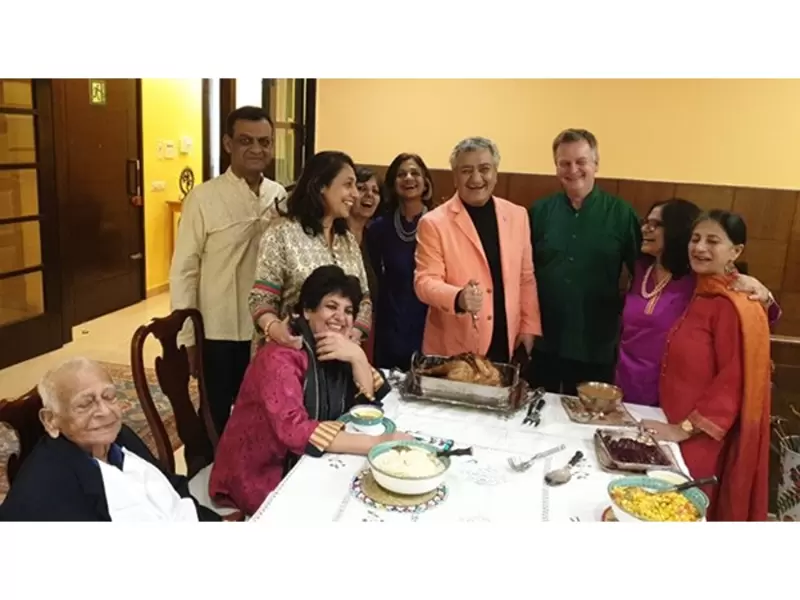 A very Indian Thanksgiving / Courtesy: Payal Soni
A very Indian Thanksgiving / Courtesy: Payal Soni
"It’s just like eating a big chicken, isn’t it?" inquired my Indian uncle rather tremulously. Even after 40 years of living in the UK, he had never eaten turkey. I assured him that it was similar to chicken, but with a distinct flavor.
A cousin added, "They look so odd. So big, no?"
"Yes, they are big," I responded. "I usually cook a twenty-pounder."
"Wah!" exclaimed a chorus of in-laws. "So big! How long does that take to cook?"
"Usually about six to seven hours."
"Wah!" came the chorus again. "So long!"
"I pop it in the oven around 9:00 in the morning, and then it’s ready to eat at 4:00. That gives me time to prepare all the fixings."
"You eat at 4:00?" asked a cousin incredulously. The chorus exchanged concerned looks, and several shook their heads.
"Who eats at 4:00?" demanded a younger, bolder cousin.
 John and Poonam Smith Sreen with their Thanksgiving turkey in their home in Delhi / Courtesy: John Smith-Sreen
John and Poonam Smith Sreen with their Thanksgiving turkey in their home in Delhi / Courtesy: John Smith-SreenMy wife interjected, "Don't worry. We are not eating at 4:00." She had been dealing with me for a few years and was used to adapting my American traditions to her Indian culture.
Soon after our marriage, during our first Thanksgiving together, I shared the planned menu with my spouse. She stated emphatically, "Very sorry, but I’m not eating boiled peas!"
To be fair, growing up in the U.S., we never ate just plain boiled peas. We seasoned them with salt and a pat of butter. However, this level of flavoring was clearly insufficient for my lovely Punjabi putni. She decided to add stuffed capsicum to the feast, heavily spiced with garam masala and other magical powders, which only she could discern from the round tin of little metal spice dishes we kept in our kitchen.
When we moved from the U.S. to India for our joint work assignments, I naturally wanted to share one of my favorite holidays with my Indian in-laws, who had graciously welcomed me as an honored member of the Khandan. My new family enthusiastically accepted the invitation but also had many questions about what they were getting into.
Having dispensed with the explanation of what turkey is, I then responded as best I could to a myriad of other queries.
"But why is it called ‘Thanksgiving’? What are we giving thanks for?"
"How did it start?"
"Why pumpkin pie?"
"Cranberry jelly? What is that?"
"What is this stuffing? And some is in the turkey, and some is outside? What is that all about?"
Cranberries are certainly plentiful in Massachusetts today and so could have been gathered from the lakes and bogs during that time. I did my best to answer questions, providing the origins of the story as I understood them.
I shared that, as a young boy growing up, I was taught that the original settlers to the new land, which was to become the United States, struggled upon arrival. Many had fled religious persecution in Europe and were attempting to establish a new life in America. The land held great promise, but in the early days, establishing a foothold and surviving proved extremely challenging.
The story, as I knew it, was that the Native Americans helped the original settlers by showing them how to plant crops and fertilize them with fish from the rivers and streams that crisscrossed the American forests. After the harvest, in gratitude, the settlers invited their Native American brethren to a feast to give thanks to them and to God for the chance in the new land.
As an adult, I recognize that much of the origin of Thanksgiving is a myth that has been embellished over the years; however, like many myths, it contains some truth. There was indeed a record of a large feast between the original settlers, the Pilgrims, and the Wampanoag people who inhabited the region around what is now Plymouth, Massachusetts.
Turkeys were plentiful in the American forests in those early years, and though other game may have dominated the feast, turkeys became the symbol of Thanksgiving over the years. Stuffing meats was an ancient practice in Europe, dating back to medieval times and, before that, to Roman history.
Pumpkin has been a staple crop among Native Americans, and wild cranberries were gathered from lakes and bogs and added to dishes, so they could have been part of the original feast, though cranberry jelly likely became incorporated much later, after it was cultivated in the U.S.
Feasts to give thanks for a bountiful harvest were actually a tradition carried over from Europe to the new land. Some version of the above Thanksgiving story has been ingrained in many American families through tradition and through the schools. Today, the holiday is one of the most important in the United States, allowing families to gather and share company and good food.
And so, it was with my new Indian family. I shared my Thanksgiving story with them, and they shared their warmth and acceptance as a member of the clan. Together we shared a feast and much good cheer.
And every year since that first Thanksgiving, we've gathered to share food, stories, laughter, and gratitude. We also honor those family members who are no longer with us and express our thanks for what they taught us through their wisdom and experience.
Thanksgiving provides my extended family the opportunity to gather together, express what we all mean to each other, and give thanks for bountiful food, for all the stories and knowledge we’ve been given by our parents and elders, and for the possibility of future Thanksgivings.
ADVERTISEMENT
ADVERTISEMENT
E Paper
Video


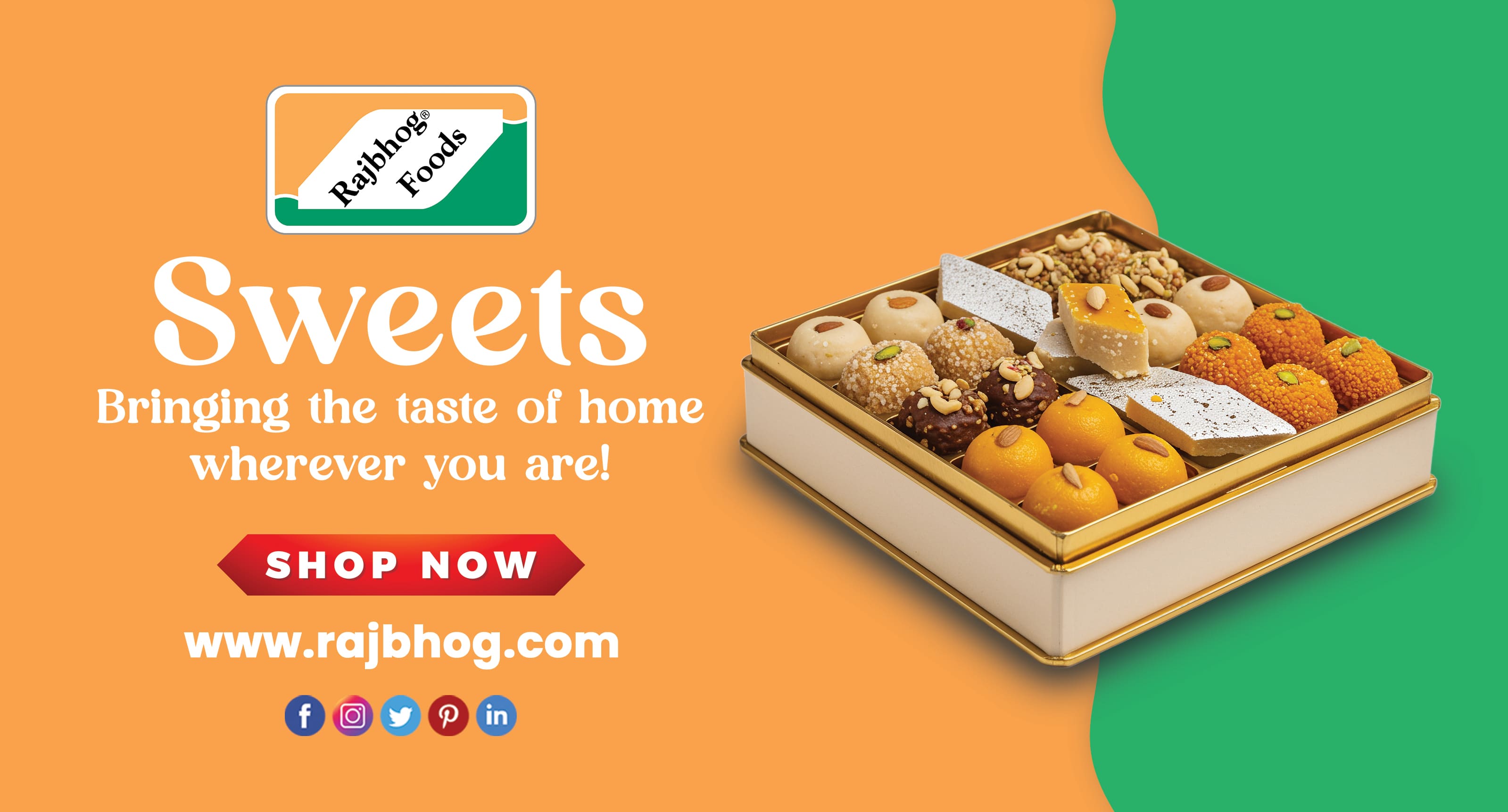
 John Smith-Sreen
John Smith-Sreen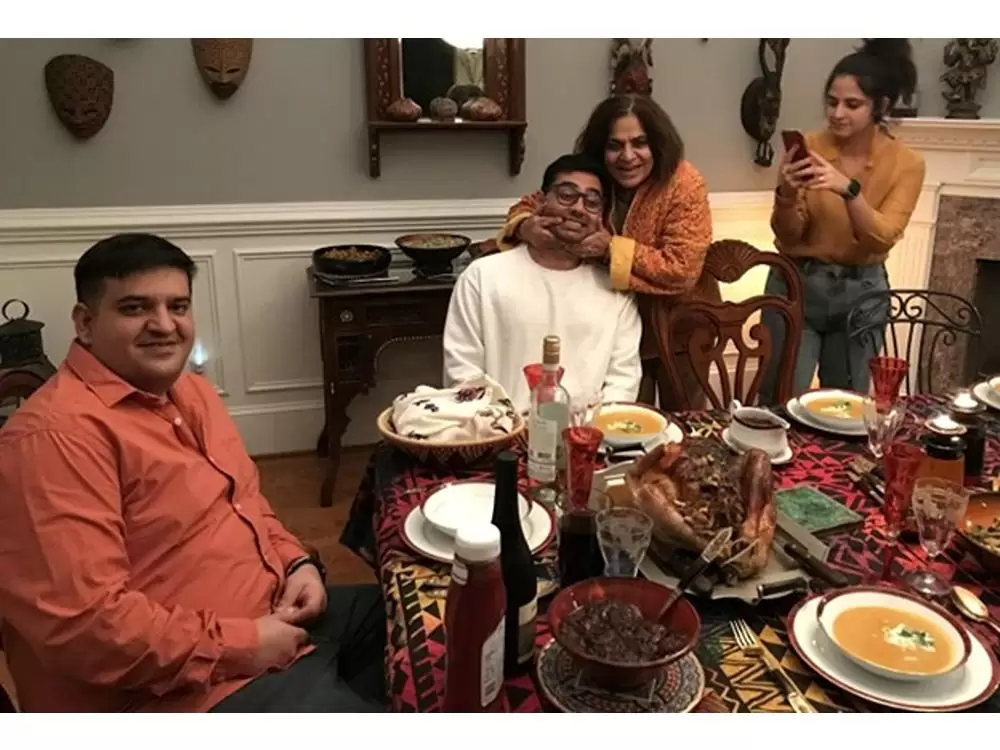



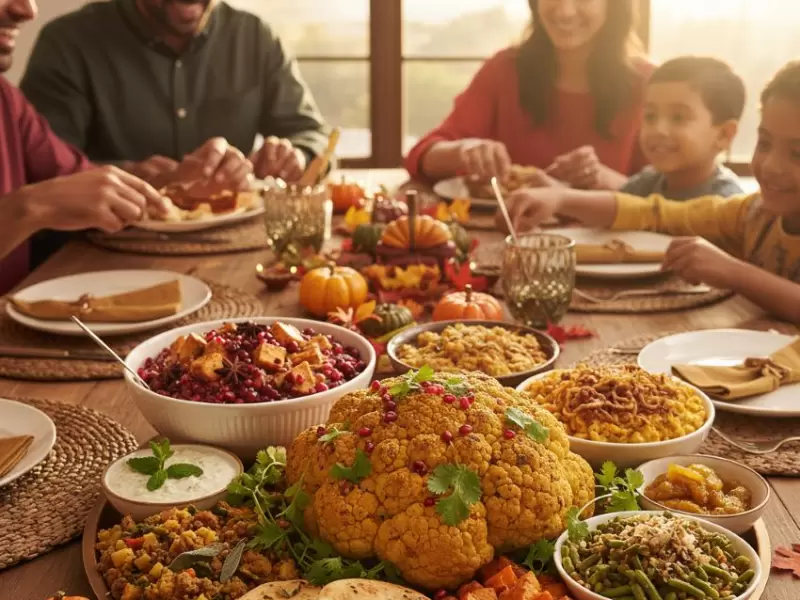
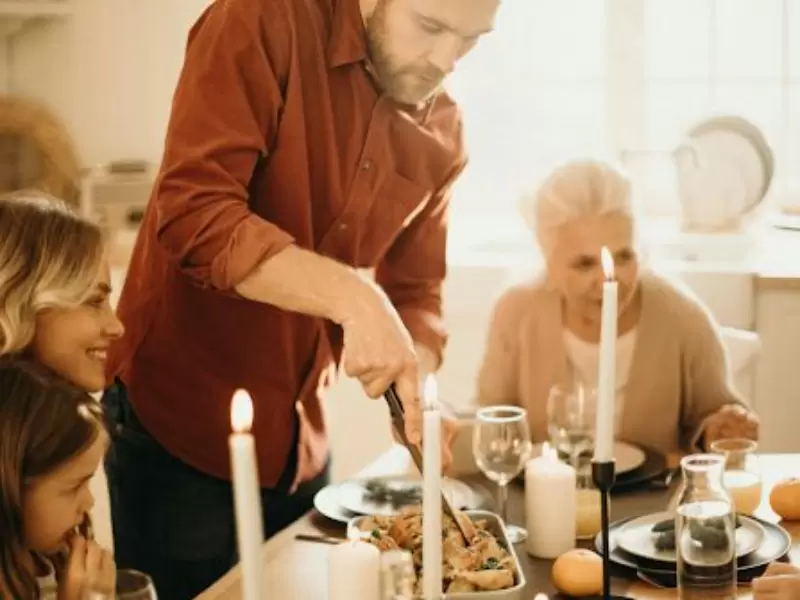


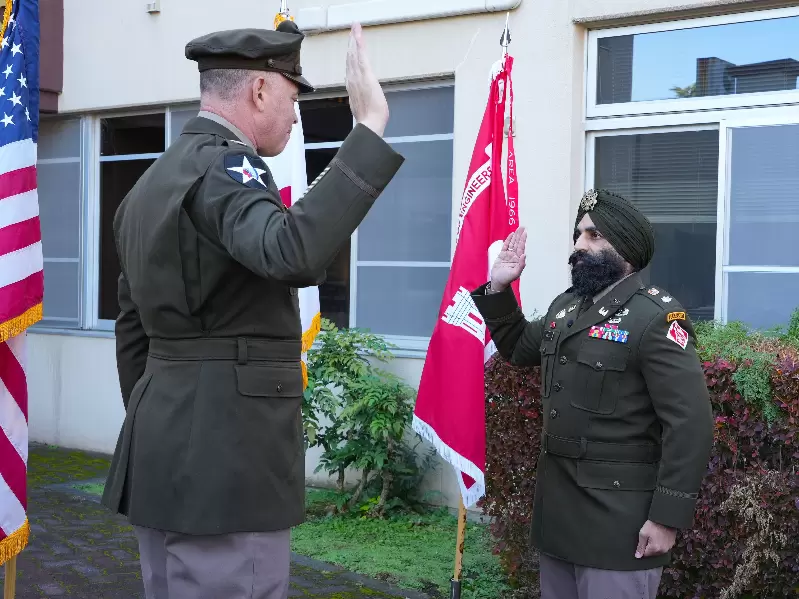

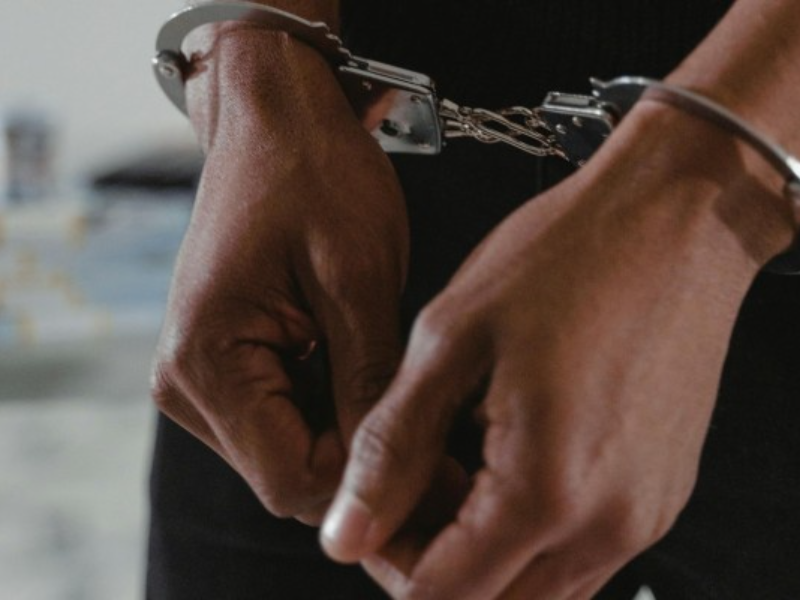
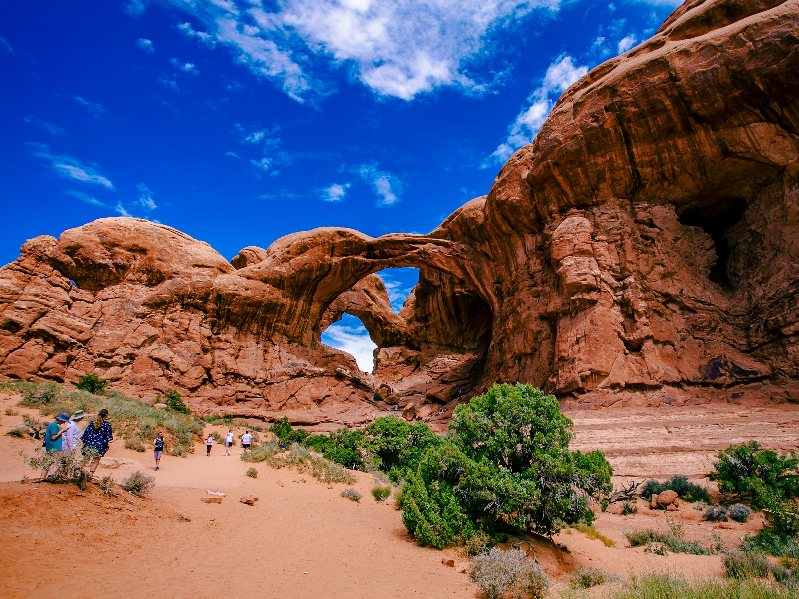



Comments
Start the conversation
Become a member of New India Abroad to start commenting.
Sign Up Now
Already have an account? Login